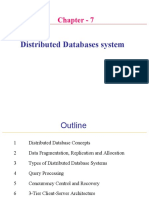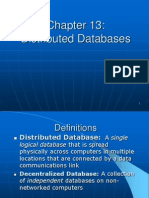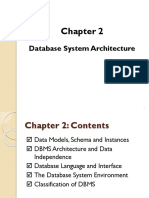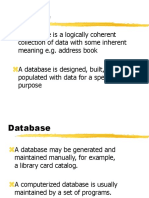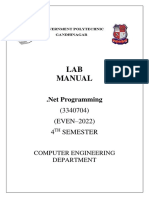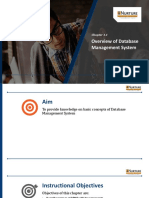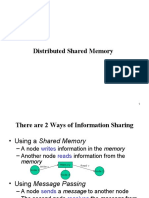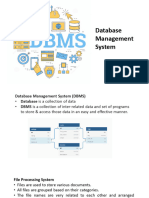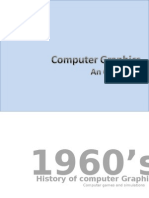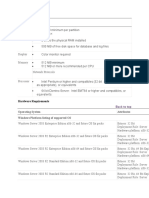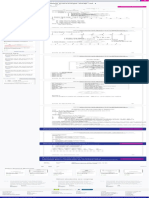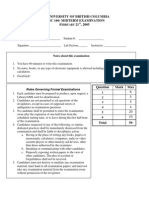0% found this document useful (0 votes)
47 views40 pagesChapter-7 Distributed Database Systems
Chapter 6 discusses distributed database systems (DDBS), which allow transactions to be executed across multiple networked computers. It covers key concepts such as data fragmentation, replication, allocation strategies, and the differences between centralized and distributed databases. The chapter also highlights the advantages and disadvantages of DDBMS, including issues related to query processing, transaction management, and system complexity.
Uploaded by
Zewdu ZemeduCopyright
© © All Rights Reserved
We take content rights seriously. If you suspect this is your content, claim it here.
Available Formats
Download as PPTX, PDF, TXT or read online on Scribd
0% found this document useful (0 votes)
47 views40 pagesChapter-7 Distributed Database Systems
Chapter 6 discusses distributed database systems (DDBS), which allow transactions to be executed across multiple networked computers. It covers key concepts such as data fragmentation, replication, allocation strategies, and the differences between centralized and distributed databases. The chapter also highlights the advantages and disadvantages of DDBMS, including issues related to query processing, transaction management, and system complexity.
Uploaded by
Zewdu ZemeduCopyright
© © All Rights Reserved
We take content rights seriously. If you suspect this is your content, claim it here.
Available Formats
Download as PPTX, PDF, TXT or read online on Scribd
/ 40

